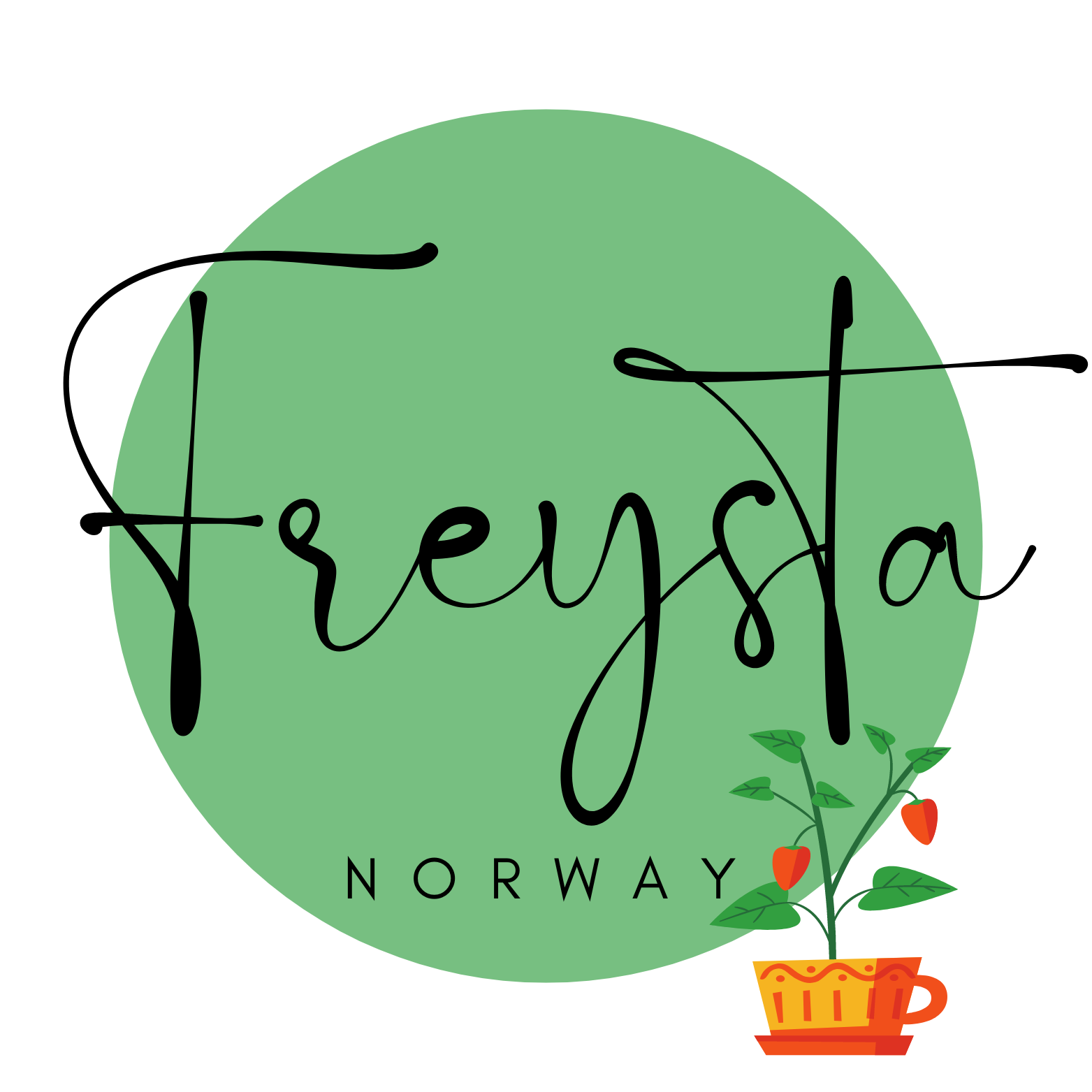Norway’s Love for Hot Potatoes – Literally!
- Marion Solheim
- Sep 15
- 4 min read
Updated: Sep 16

Norwegians love themselves some hot potatoes! Boiled, baked, in raspeball/kompar/kumle, mashed, fried… you name it. However, the potato has not always been welcomed at the table (shock!). Its history in Norway is actually a story of mistrust and suspicion. Thankfully it turned into true love in the end.
For many Norwegians, especially the well matured generations, the potato is an everyday hero. Throughout history, it has been a true lifesaver in the cold north. But don’t picture Vikings feasting on baked potatoes, though. The potato didn’t arrive in Norway until the 1700s, centuries after it was first brought to Europe from South America. At first, it grew only in botanical gardens and parsonages. Curiosities more than crops, we could say.
The first printed Norwegian gardening book, Horticultura (1694), described the potato. But it wasn’t until the 1740s that we find clear evidence of potato cultivation in Norway. That happened in Vinger in Solør, where seed potatoes were introduced by Swedish traders. From there, the potato spread westward through Hedmark and Oppland.

The Strange Newcomer and the Potato Missionaries
Norwegian farmers didn’t exactly embrace the potato at first. A plant that had to be imported from abroad, grew hidden underground, and looked rather strange? Suspicious. It was seen as good pig feed, but not something you’d serve your children.
However, during the Enlightenment something happened. Priests, officials, sailors, and soldiers who had seen the potato abroad became its greatest champions. One of them, the well-known Hans Nielsen Hauge, became known as the “potato priest” because he spread the good news of the potato alongside his religious message.
Priests planted potatoes in their gardens, shared seeds when they moved to new parishes, and taught practical know-how. They preached its virtues: hardy in Norway’s cold climate, more reliable than grain, and a powerful defense against hunger.

Slowly but surely, Norwegians were converted. Potato growing first took hold along the southern and western coast, where small plots of land were well fertilized and carefully cultivated. Sailors and farmers in this region also had close contact with foreign ports, bringing back new ideas and practices.
Potatoes and Herring – A Lifesaving Combo
The true breakthrough came in times of need. Eat potatoes or go hungry? Quite the easy choice. During poor harvests, potatoes filled the gap. They kept families alive when bread was scarce.
During the famine years of 1807–1814, potatoes proved to be a lifesaver. After 1814, potato farming spread across the country. Unlike grain, potatoes tolerated rain and cold, grew further north and higher up in the mountains, and could be harvested earlier in the season. Perfect for Norway! Stored properly in cellars, they kept through the winter.
By 1809, potatoes accounted for 6% of Norway’s food energy; by 1835, 26%. Combined with salted herring—sold in barrels across southern Norway—potatoes became cheap, filling, and nutritious daily food, especially for poorer families. Together with grain and dairy products, they improved the overall nutrition of the population.

Aquavit Time!
Norwegians quickly discovered another use for potatoes: aquavit. This Nordic spirit is now famous worldwide, and by law, Norwegian aquavit must be made from at least 95% Norwegian potatoes and matured in barrings for at least six months.
The abstinent priest Christopher Hammer, later nicknamed “the father of Norwegian aquavit,” encouraged farmers in the late 1700s to grow potatoes not only for food but also to produce their own spirits. When production was liberalized in 1816, aquavit really took off.
Norwegian aquavit comes in both clear and barrel-aged varieties, but one of the most famous is Linje Aquavit. These barrels travel by ship all the way to Australia and back, crossing the equator (“linjen”) twice. The movement, humidity, and shifting temperatures during the journey give the aquavit a unique taste that no warehouse aging can match.

Today, nearly 300 different aquavits are sold in Norway (at Vinmonopolet, Norway’s state-run alcohol monopoly) with potato-based spirits enjoyed far beyond the country’s borders. In Norway, it is especially popular to enjoy a shot of aquavit around Christmastime.
The potato is clearly a tuber with many uses. In Norwegian, calling someone a ‘potet’ means they’re versatile, able to handle many different tasks. Makes perfect sense!
Potato Holidays
Over time, the potato became so essential that it shaped daily life. Even school holidays.
Autumn break in Norway was long known as “potato vacation” (potetferie). During World War II, food was scarce. The German occupation forces confiscated much of Norway’s production, making potatoes crucial for survival. Children were sent out of school to help harvest potatoes before the frost destroyed the crop. Whole families, neighbors, young and old, worked side by side in true dugnad spirit.
Today, children no longer harvest potatoes during their weeklong autumn break. But the holiday remains - a unique tradition in Norway (and Sweden).
Potato cultivation in Norway peaked around the mid-1900s and has since declined. But make no mistake, the potato is still a cornerstone of the Norwegian diet. Each year, Norwegian farmers produce between 315,000 and 400,000 tons.
Whether cooked, mashed, baked, fried, or distilled into aquavit, the potato is still at the heart of Norwegian kitchens. And for those who love growing their own food, it doesn’t get much better than this.
The potato is the gift that keeps on giving!

Sources:

